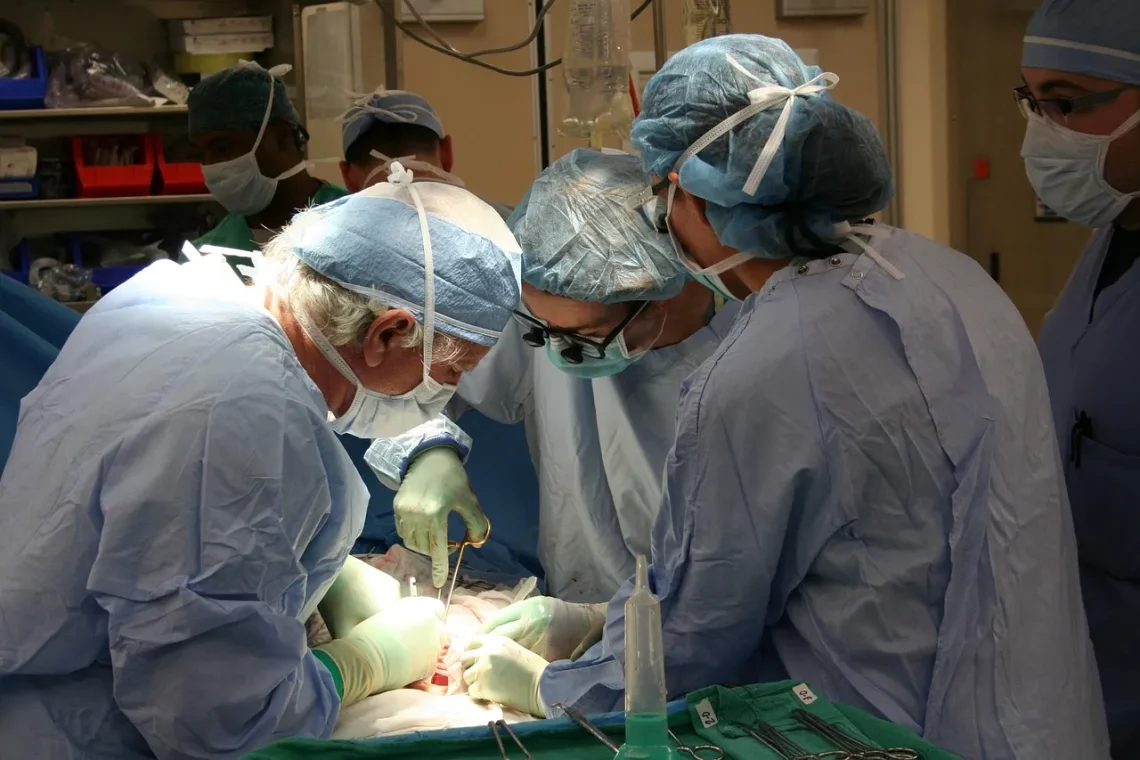-
Understanding Dog Anal Gland Odor and How to Manage It
Dog owners often find themselves navigating a myriad of issues related to their furry companions, from grooming to dietary needs. One lesser-known but significant aspect of dog care involves the management of anal gland odor. While this topic may seem somewhat unpleasant, understanding it is crucial for maintaining your dog’s health and comfort. Anal glands, located near a dog’s rectum, play a role in the animal’s scent-marking behavior. However, when these glands become full, impacted, or infected, they can produce a notoriously foul odor that can permeate your home and leave you puzzled about how to manage the situation. The odor can be alarming for dog owners, but it’s essential…
-
Understanding Dog Anal Gland Odor: Causes and Solutions
Understanding the phenomenon of dog anal gland odor can be perplexing for many pet owners. The odor itself can be quite strong and unpleasant, often leaving dog owners wondering about its origins and how to manage it. Anal glands, located on either side of a dog’s anus, are small sacs that produce a fluid used for marking territory and communication. When these glands function properly, they usually express naturally during bowel movements. However, various factors can lead to issues with the anal glands, resulting in foul odors that may signal an underlying problem. Some dogs may have glands that do not express adequately, while others may experience blockages or infections.…
-
Are Anal Gland Supplements Worth the Cost for Your Pet’s Health?
In the realm of pet care, understanding your furry friend’s health needs is paramount. Many pet owners are constantly searching for ways to enhance their pets’ well-being, often turning to dietary supplements. Among these, anal gland supplements have gained attention, primarily due to the common issues related to anal gland problems in dogs and cats. These glands, though small, play a significant role in your pet’s comfort and overall health. When functioning properly, they help in marking territory and can also contribute to natural behaviors. However, when they become impacted or infected, they can lead to discomfort and health complications. Anal gland issues are not uncommon, particularly in certain breeds…
-
Can Anal Glands Be Removed Safely in Pets?
Anal glands are small structures located on either side of a pet’s anus, primarily serving a role in marking territory and communication among animals. While they perform essential functions, issues with anal glands can lead to discomfort, infections, or even impaction. Many pet owners might wonder about the safety and necessity of removing these glands, especially if their pets are experiencing recurrent problems. The decision to remove anal glands is not taken lightly, as it involves considering the potential benefits and risks associated with surgery. Understanding the anatomy and function of anal glands is crucial for pet owners, as it sheds light on why some pets may require surgical intervention.…
-
Understanding Anal Gland Surgery for Dogs: A Comprehensive Guide
Understanding the health and well-being of our canine companions is a priority for any responsible pet owner. Among the various health issues that dogs can face, anal gland problems are relatively common yet often overlooked. These small glands, located just inside the dog’s rectum, serve a purpose in marking territory and can create difficulties if they become impacted or infected. Symptoms such as excessive licking, scooting, or a foul odor can signal that something is amiss. In some cases, the issues may escalate to a point where surgical intervention is necessary. Anal gland surgery may seem daunting, but understanding the reasons behind it can empower pet owners to make informed…
-
Effective Home Remedies to Stop Your Dog from Scooting
Scooting is a common behavior observed in dogs, often leaving pet owners puzzled and concerned. This peculiar action, where a dog drags its rear end along the ground, can stem from various underlying issues such as discomfort, irritation, or even behavioral problems. While it may seem amusing at first, scooting can indicate an array of health concerns that need to be addressed. Understanding the reasons behind this behavior is crucial for any dog owner who values the well-being of their furry companion. Often, scooting is a sign that your dog is experiencing discomfort in the anal area, which can be caused by several factors, including anal gland issues, allergies, or…
-
How Often Should You Express Your Dog’s Anal Glands?
Every dog owner knows that their furry friends require regular grooming and care, but some aspects of pet maintenance can be less well-known or even uncomfortable to discuss. One such topic is the expression of a dog’s anal glands. These glands, located on either side of the dog’s anus, play a role in marking territory and can sometimes cause issues for our pets. While it’s a natural function, the need for manual expression can raise questions among pet owners. Understanding when and how often to express your dog’s anal glands is crucial for maintaining their health and comfort. Many factors influence this process, including the breed, age, and overall health…



























